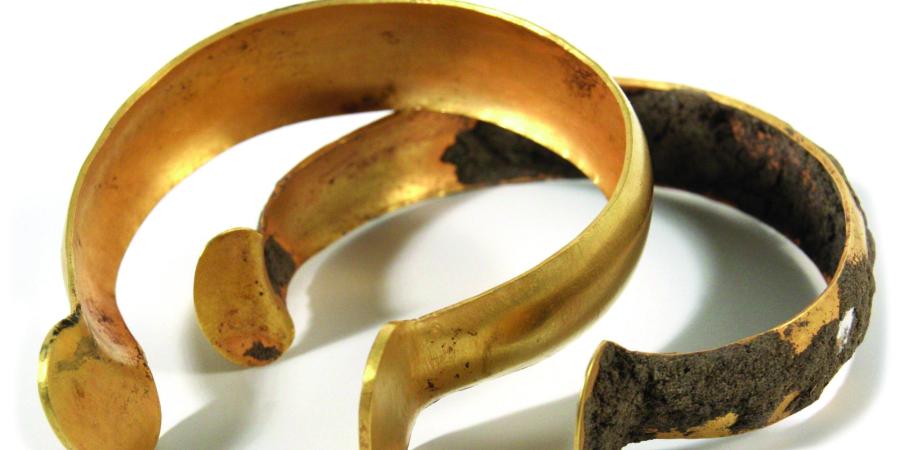Archaeological landscapes of south Thanet
The Archaeology of East Kent Access (Phase II)
Volume 1: The Sites
Volume 2: The Finds, Environmental and Dating Reports
By Phil Andrews, Paul Booth, A P Fitzpatrick and Ken Welsh
Two volume set ISBN 978-0-9574672-4-8
Vol 1 ISBN 978-0-9574672-3-1
Vol 2 ISBN 978-0-9574672-2-4
East Kent has been a gateway for new people, cultures, ideas and trade for thousands of years. The Isle of Thanet, now joined to the mainland following the silting and reclamation of the former Wantsum Channel, was at the forefront of these movements.
A Kent County Council programme to build a new road link, the East Kent Access, in the south-east part of Thanet resulted in the largest archaeological project carried out in Britain in 2010. An Oxford Wessex Archaeology joint venture undertook the excavation of 48 hectares along the 6.5 kilometre route, revealing a wealth of archaeological evidence spanning the Palaeolithic to the Second World War.
Volume 1 describes the archaeological remains and discusses their wider significance in Thanet and beyond. Of note are two groups of Early Neolithic pits, 11 Bronze Age ring-ditches, Late Bronze Age settlement and two metalwork hoards. Amongst the extensive Iron Age remains is a unique trapezoidal enclosure and associated sunken-featured building. However, potentially the most important discovery is a large enclosure on the Ebbsfleet Peninsula which, it is argued, may have been associated with Julius Caesar’s invasions of 55–54 BC. Rural Roman settlement was extensive and included one site with roundhouses showing continuity from the Late Iron Age and another with sunken-featured buildings of 3rd–4th-century date, along with at least three mixed rite cemeteries. Anglo-Saxon settlement and several cemeteries originated in the mid-6th century, but of particular interest is an 8th-century settlement and cemetery with associated evidence for shellfish processing. Medieval remains were comparatively sparse but, as with the earlier periods, their distribution reflects the changing use of different landscape units represented by the chalk ridge, the southern slopes of Thanet and the Ebbsfleet Peninsula.
Volume 2 presents the analysis of the finds, environmental remains and the extensive radiocarbon dating programme, and includes the largest published assemblage of unburnt and cremated human bone from Thanet. Amongst the finds the worked flint, the Iron Age coins and the later prehistoric, Roman and Anglo-Saxon metalwork are of particular interest, and there are important assemblages of prehistoric, Roman and Anglo-Saxon pottery, worked stone and fired clay. Highlights from the environmental remains include the large assemblages of animal bone and charred plant remains and the unique evidence for Anglo-Saxon shellfish processing.
To find out more about this project follow this link.
